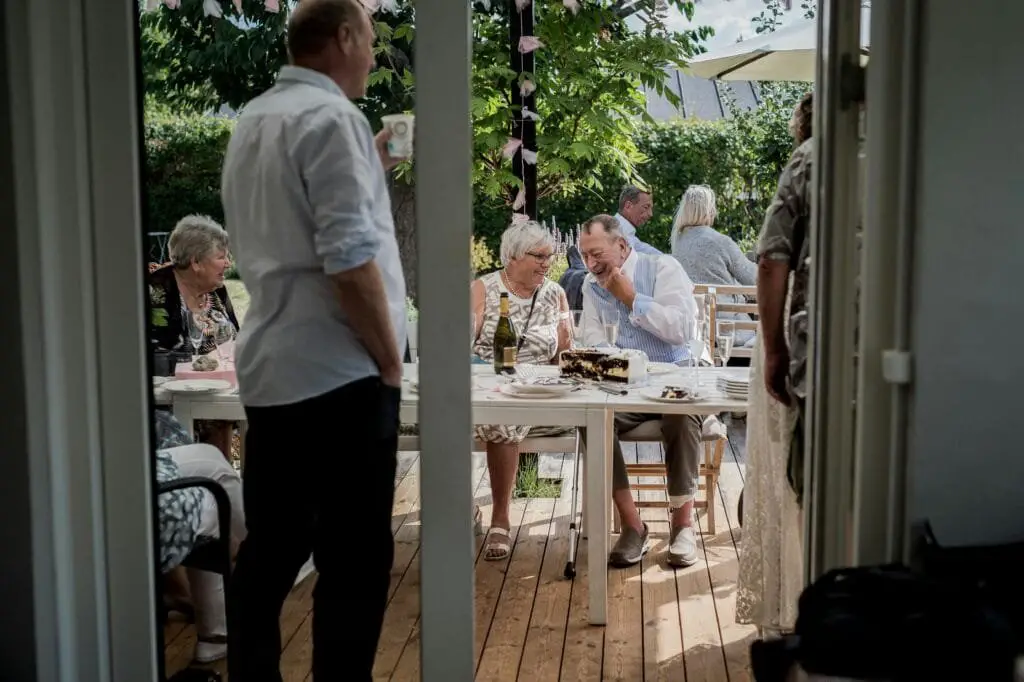1. The Electric Prunes
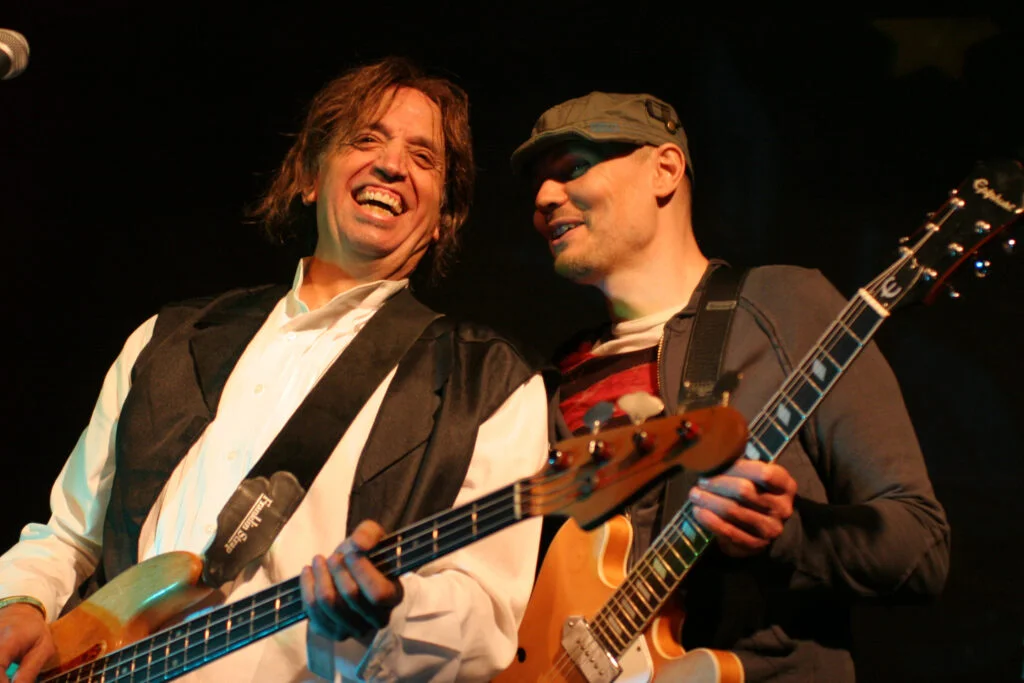
The Electric Prunes had a name you couldn’t forget and a sound that felt like it belonged on the cutting edge of the psychedelic ‘60s. Their 1966 hit “I Had Too Much to Dream (Last Night)” gave them a taste of fame and made listeners think they were destined for long-term success. They leaned into fuzzed-out guitars and trippy effects, the kind of experimentation that was new and exciting for rock audiences. But like many bands of the time, management and label issues got in the way of their potential.
Instead of developing their style and growing with the decade, they were pushed into making projects like a psychedelic mass commissioned by their record label. While it’s fascinating in hindsight, it didn’t exactly win over mainstream audiences. By the early ‘70s, the band was done, though their work later found a cult following. Today, when people talk about the dawn of psych-rock, The Electric Prunes still deserve a mention for their creativity and for opening the door to stranger sounds.
2. The Beau Brummels
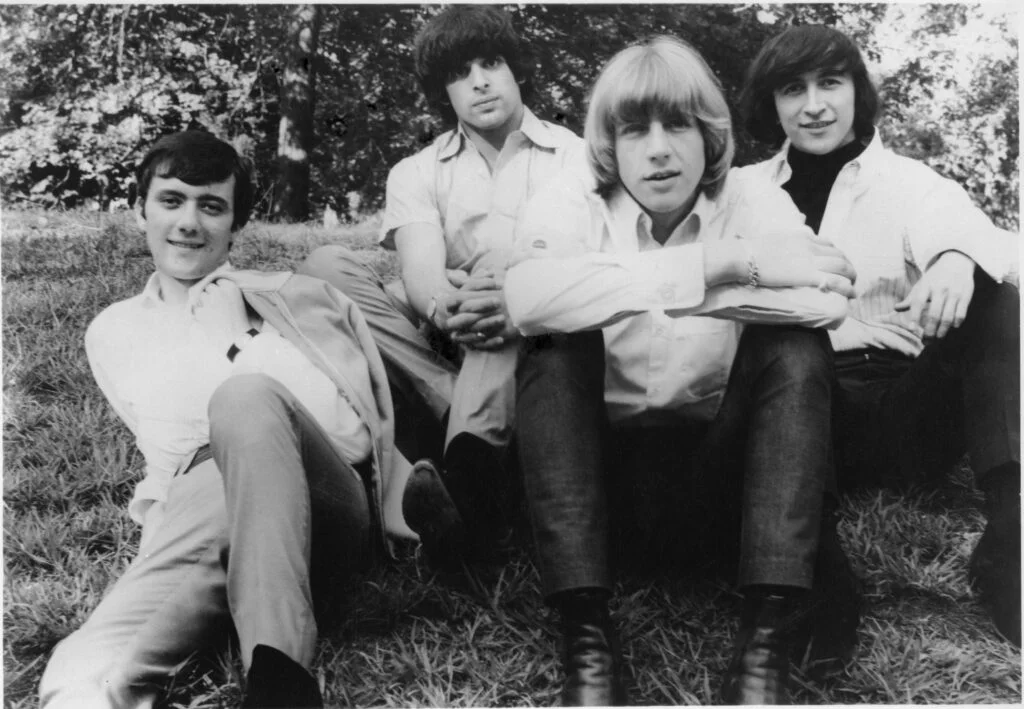
The Beau Brummels may have looked like San Francisco’s answer to The Beatles, but they had more going for them than just their suits. Their 1965 single “Laugh, Laugh” was produced by Sly Stone and showcased jangly guitars with a melancholic edge. For a brief moment, it seemed like they’d give the British Invasion a run for its money with their American take on folk-rock. They even had charting hits and a loyal fan base.
Unfortunately, they couldn’t maintain momentum, and being on a weaker record label didn’t help. Other West Coast acts like The Byrds and Jefferson Airplane took the spotlight, while The Beau Brummels slowly faded. They’re often remembered as “almost-there” stars of the scene, overshadowed by their more famous peers. But when you listen to their harmonies now, it’s clear they had the talent to hang with the greats.
3. The Blues Magoos
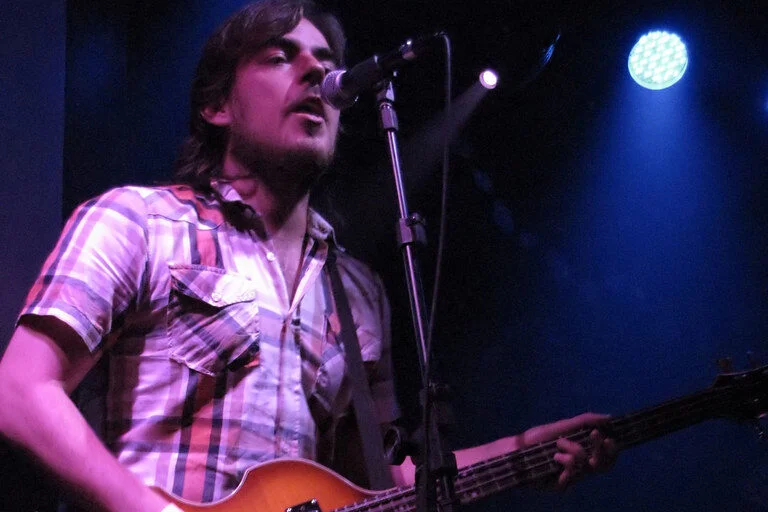
The Blues Magoos were one of the first bands to use the word “psychedelic” on an album title, which made them seem like trendsetters at the time. Their 1966 hit “(We Ain’t Got) Nothin’ Yet” brought garage rock energy to the charts and made them favorites among younger fans. They had wild stage shows with flashing lights and outrageous outfits, fitting perfectly into the counterculture era.
But after their big splash, things started to dry up. The follow-up singles didn’t hit as hard, and their record company struggled to market them. By the early ‘70s, they were broken up, remembered mostly for that one infectious single. Still, the Magoos helped bridge the gap between garage rock and psychedelia, paving the way for others to go even further.
4. The Standells
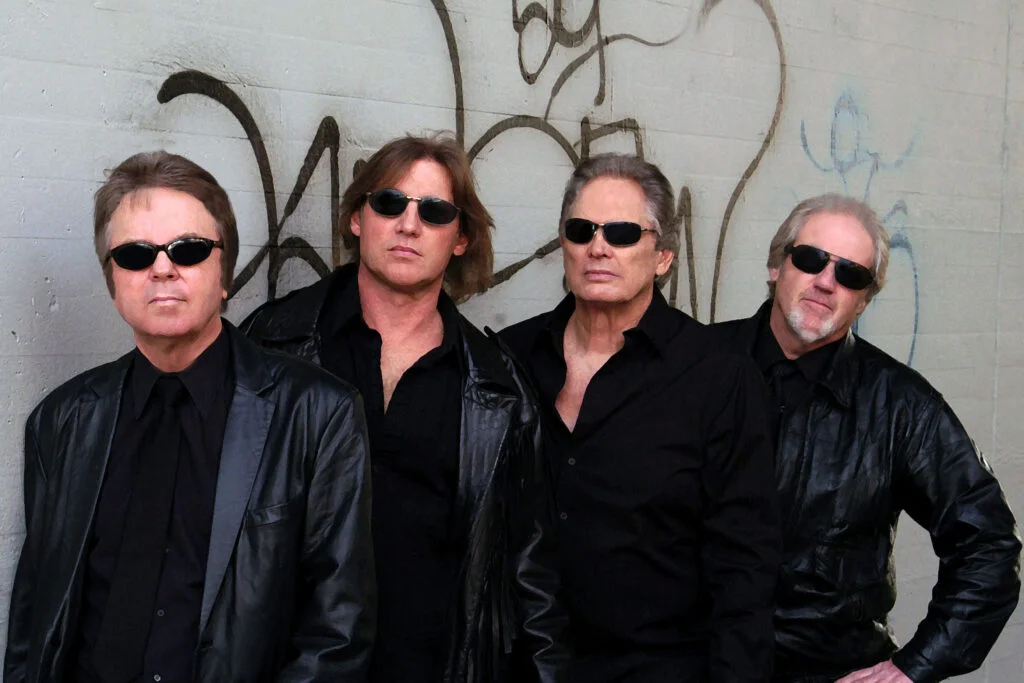
The Standells are often called the godfathers of punk, long before punk was even a thing. Their gritty 1966 anthem “Dirty Water” became a Boston sports staple, but the band was actually from Los Angeles. With raw guitars and a sneering vocal style, they embodied that rebellious spirit that later bands like The Ramones and The Clash would perfect.
Despite having a distinct sound, The Standells never broke out nationally beyond a handful of singles. They were too polished for garage purists and too scrappy for mainstream rock radio. As a result, they slipped through the cracks. Still, if you dig into their catalog, you’ll find an energy that feels shockingly modern.
5. The Amboy Dukes
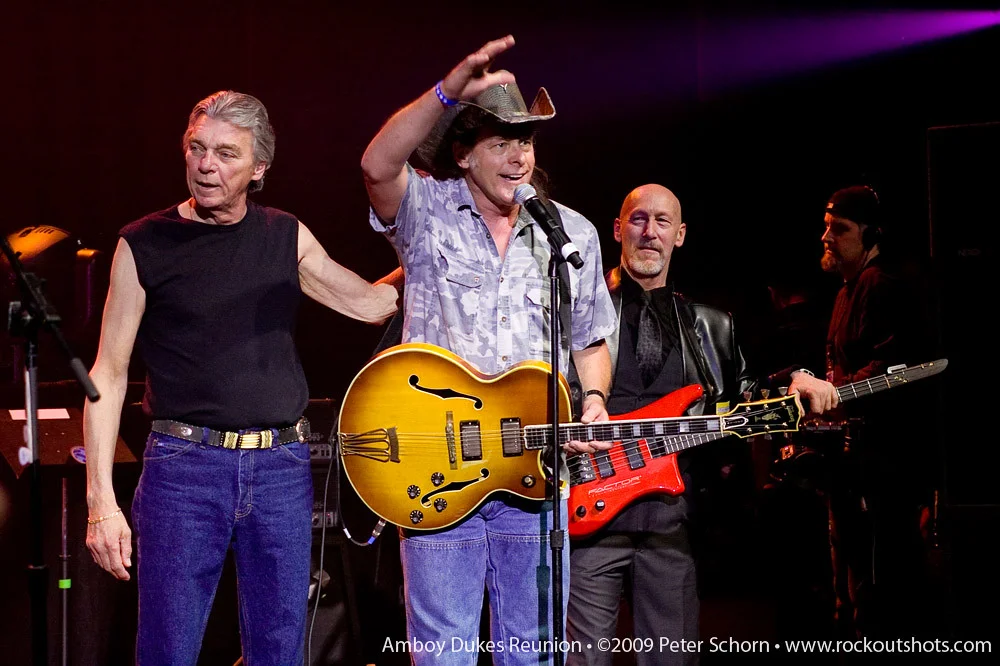
The Amboy Dukes are remembered mostly because of their guitarist, a young Ted Nugent. But in the late ‘60s, the Detroit band carved out their own space in the psychedelic rock scene. Their single “Journey to the Center of the Mind” from 1968 was a trippy anthem that felt perfectly in tune with the counterculture vibe. For a while, they were considered one of the hottest regional bands around.
But they couldn’t quite transition that regional success into long-term stardom. Nugent eventually went solo and found success in the ‘70s, leaving the band behind in history’s shadows. For those who revisit the Amboy Dukes now, it’s easy to hear the raw power and experimental sound that suggested something bigger was on the horizon.
6. Strawberry Alarm Clock
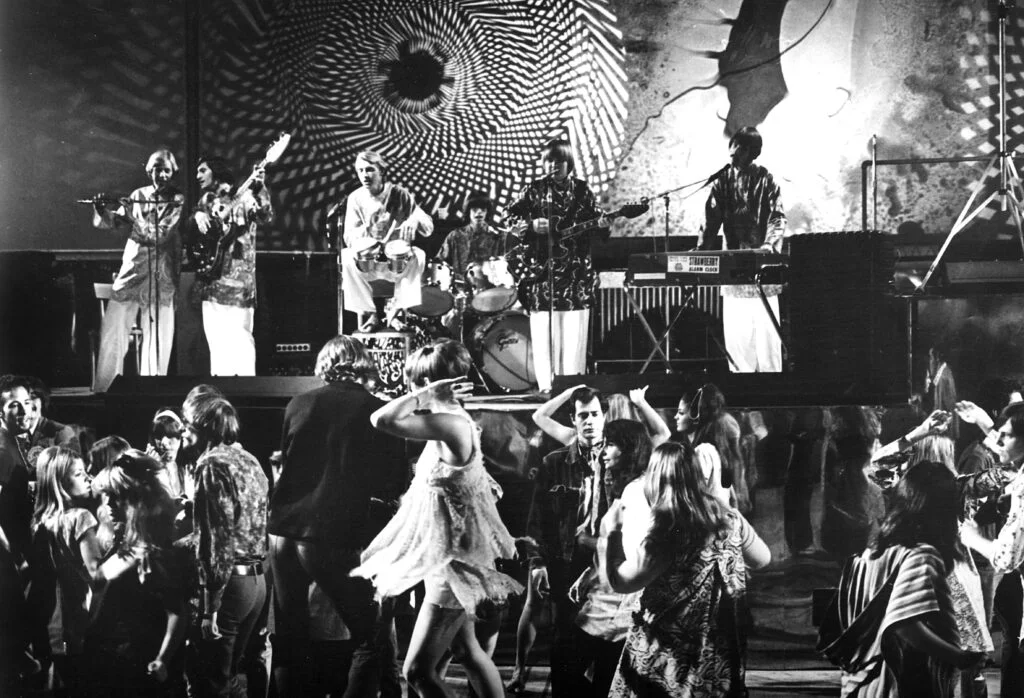
Even people who don’t know Strawberry Alarm Clock’s name might recognize their hit “Incense and Peppermints.” Released in 1967, it was pure psychedelic candy, with swirling keyboards and a chorus that stuck in your head. The band had the look and the vibe of late ‘60s California youth culture, and for a moment, it seemed like they’d ride that wave to long-term fame.
But lightning didn’t strike twice. Their follow-up singles couldn’t match the magic, and their experimental albums didn’t connect with the masses. They became known as a one-hit wonder, even though their catalog has some hidden gems. Strawberry Alarm Clock still makes appearances now and then, a reminder of how colorful and fleeting the psychedelic scene could be.
7. The Shadows of Knight
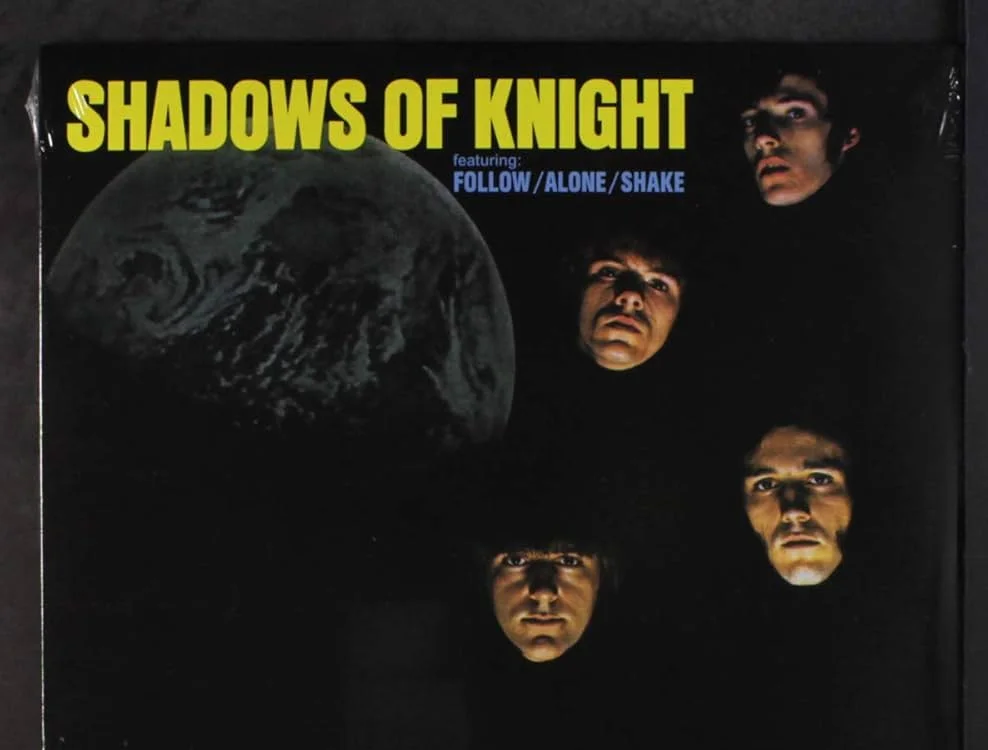
The Shadows of Knight hit the big time with their 1966 cover of “Gloria,” giving the garage-rock classic a rawer American twist. Their sound was somewhere between blues, garage, and proto-punk, and it captured the rebellious teenage energy of the era. For a while, they were the Midwest’s answer to the British Invasion, and it seemed like bigger things were coming.
Unfortunately, they never quite escaped being labeled as a cover band, despite original material that showed promise. Their record label troubles didn’t help, and the constant lineup changes drained momentum. By the early ‘70s, they had disappeared from the mainstream conversation. Still, that version of “Gloria” remains a garage rock standard, keeping their name alive among collectors.
8. The Music Machine
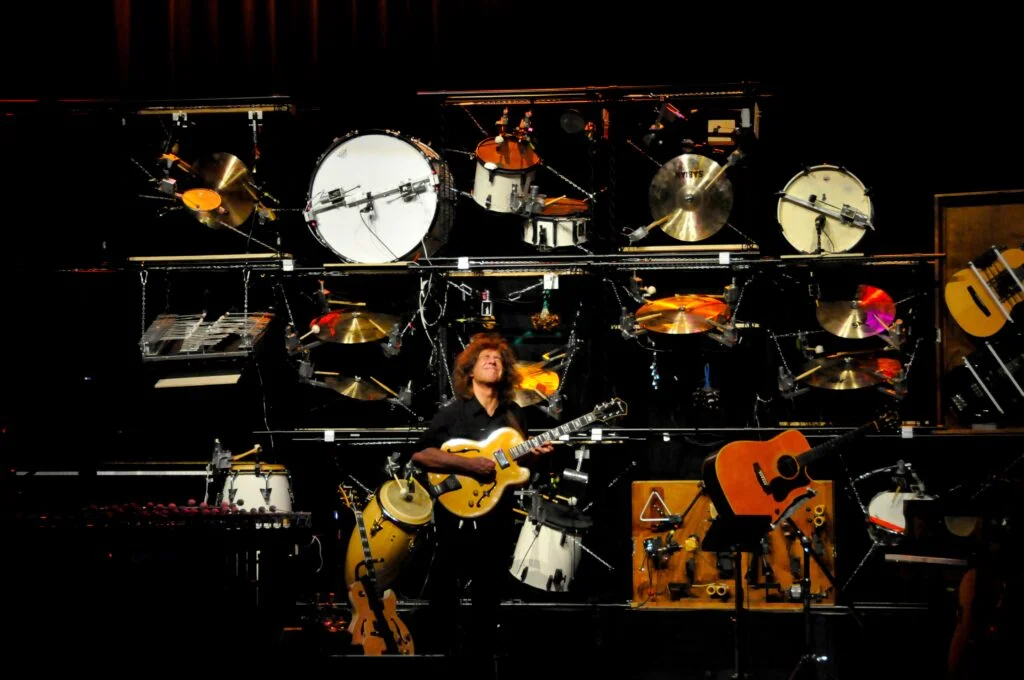
The Music Machine stood out instantly, with their all-black outfits and singer Sean Bonniwell’s deep, commanding voice. Their 1966 hit “Talk Talk” was short, sharp, and unlike anything else on the radio at the time. The band blended garage rock grit with psychedelic experimentation, hinting that they could have been one of the defining groups of the late ‘60s.
But creative differences and poor record label support cut their journey short. They had the vision and sound to move forward, but the industry didn’t back them. After just a couple of years, they fizzled, leaving behind only a few recordings. Even so, “Talk Talk” has influenced bands for decades, showing just how ahead of their time they really were.
9. Iron Butterfly
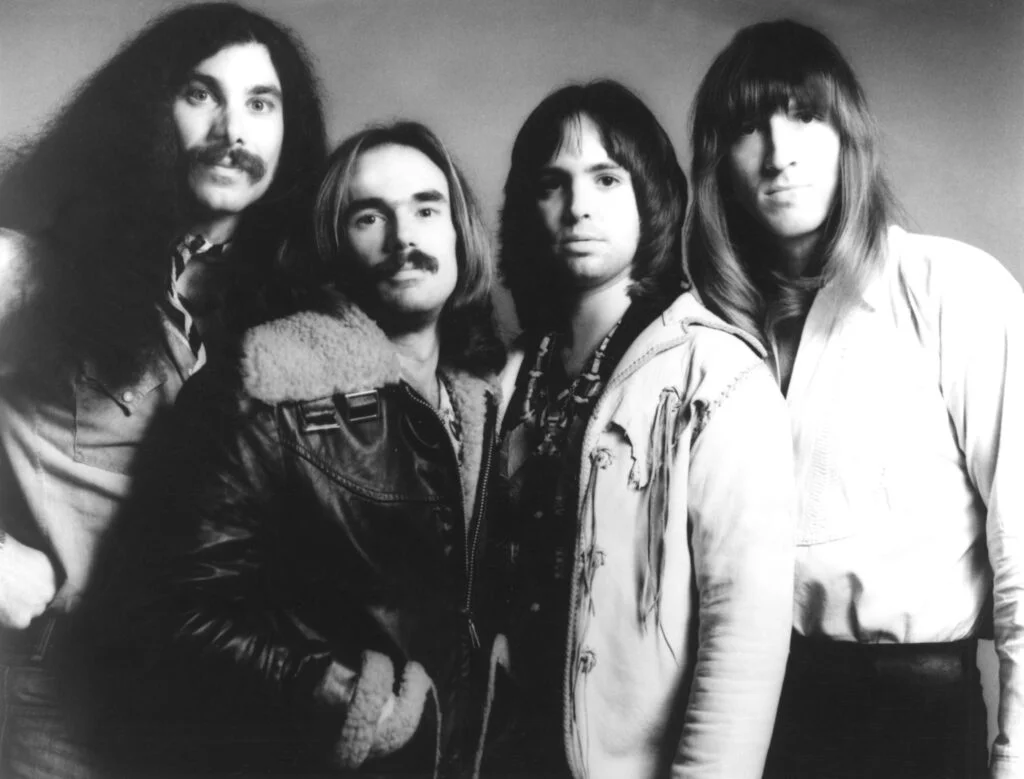
Iron Butterfly did get their moment of fame with the epic “In-A-Gadda-Da-Vida,” a 17-minute psychedelic jam that became a rock radio staple. For a brief time, they were among the biggest-selling bands in America, with that album becoming a massive success. The heavy organ riffs and thunderous drums suggested a group that could dominate the hard rock world.
But their success was short-lived, and they struggled to replicate that same magic. Internal conflicts and lineup changes left them unstable, and soon other heavy bands like Led Zeppelin and Deep Purple pushed them out of the spotlight. Iron Butterfly’s legacy remains tied to that one monumental track, leaving people wondering what might have been if they’d kept evolving.
10. Love
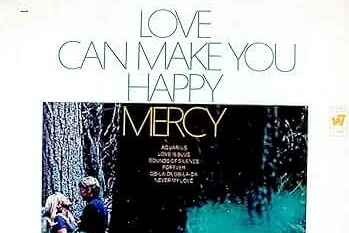
Love was one of the most creative and critically acclaimed bands of the 1960s, led by the brilliant Arthur Lee. Their 1967 album Forever Changes is now hailed as one of the greatest of all time, with intricate arrangements and poetic lyrics. At the time, however, they never reached mainstream success the way The Doors or Jefferson Airplane did.
Part of the problem was that Love didn’t like to tour, which made it hard for them to expand their audience. Internal tensions and Lee’s erratic leadership only added to their struggles. By the time people began realizing how innovative they were, the band had already dissolved. Today, Forever Changes ensures they’re remembered, but Love could have been legendary in their own time if things had gone differently.
11. The Seeds
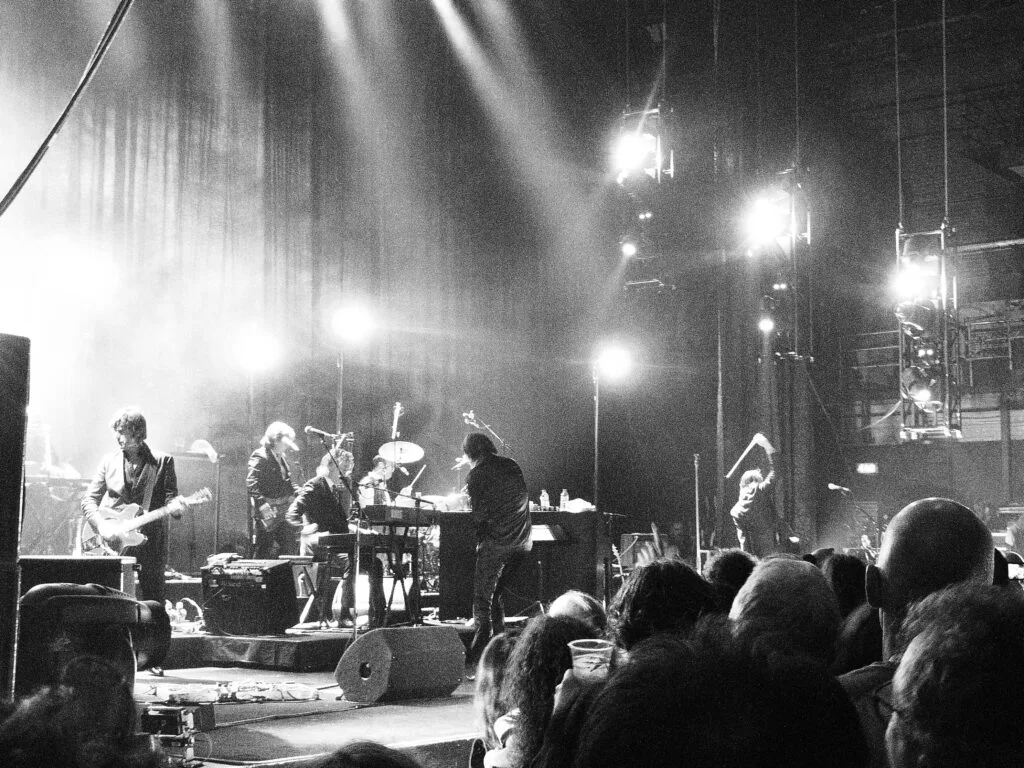
The Seeds gave us the phrase “flower power,” and their 1966 hit “Pushin’ Too Hard” became an anthem of youthful rebellion. Their mix of garage rock simplicity and psychedelic experimentation should have made them lasting stars. For a moment, they looked like they’d be the West Coast’s next great act, right alongside The Doors.
But they couldn’t keep the momentum going. Their later records lacked the same spark, and they never scored another major hit. By the end of the decade, they were seen as part of the ‘60s one-hit wonder pile. Still, their scrappy style influenced punk bands years later, proving their spirit lived on even after their career stalled.
12. The Electric Flag
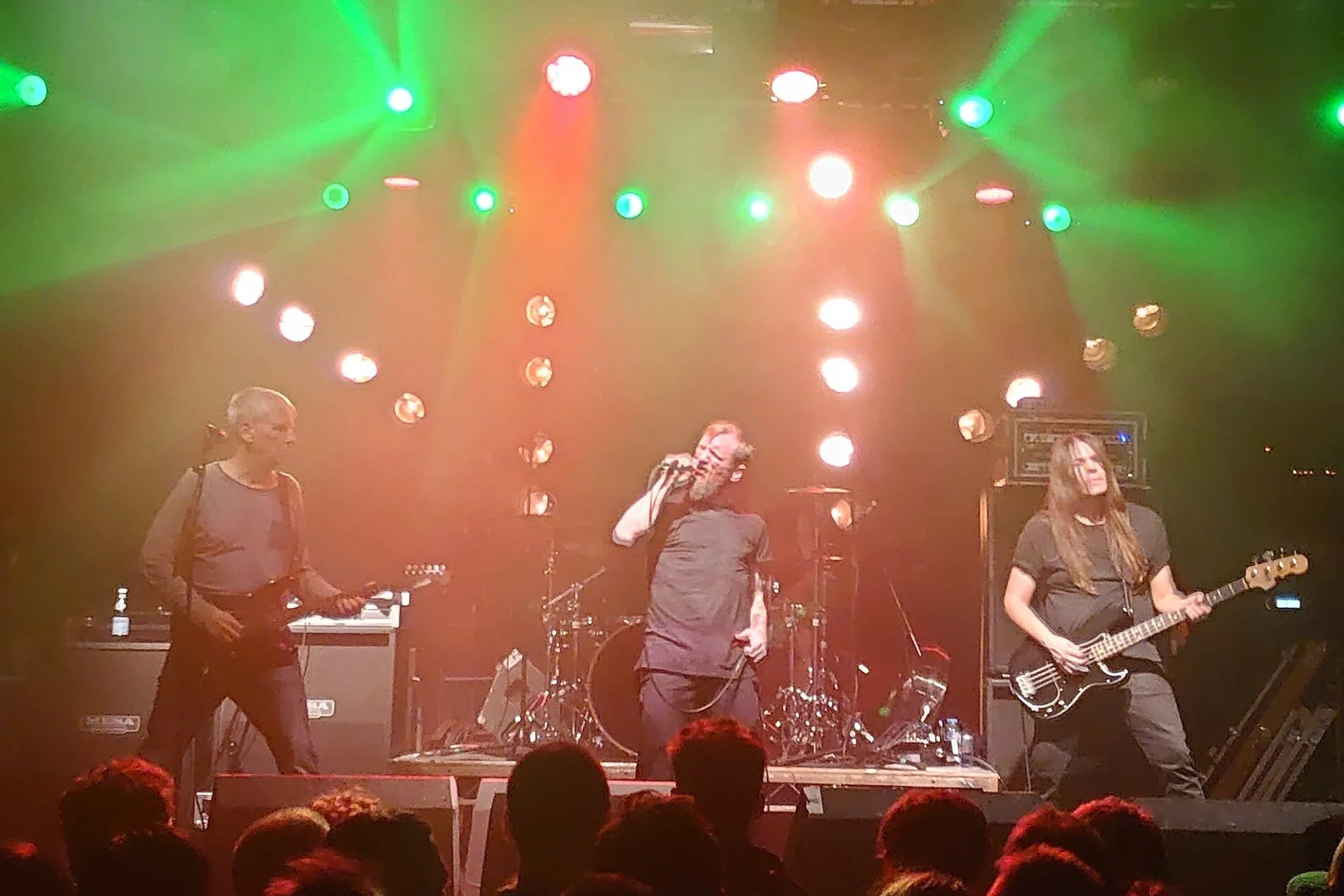
The Electric Flag was founded by guitarist Mike Bloomfield, who had already built a reputation with the Paul Butterfield Blues Band. Their goal was to create a true “American music” sound, blending rock, blues, soul, and even jazz influences. Their debut in 1968 showed promise, and Bloomfield’s guitar work was second to none.
But internal struggles and heavy drug use derailed the band before they ever got the chance to build real momentum. Members drifted in and out, and the group was gone within a couple of years. Critics later praised their originality, but audiences never really got the chance to connect. The Electric Flag remains one of those “what could have been” stories of the ‘60s.
13. The Left Banke
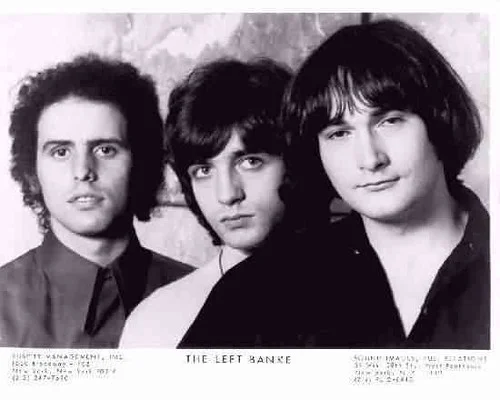
The Left Banke brought something different to the table: “baroque pop.” Their 1966 hit “Walk Away Renée” combined classical instrumentation with rock sensibilities, creating a lush, emotional sound. For a moment, it seemed like they’d define a whole new subgenre of rock.
But behind the scenes, the band was plagued with infighting and management problems. They couldn’t hold things together long enough to capitalize on their early success. By the time the dust settled, they were gone from the charts. Still, their songs remain beautifully unique, showing that rock could mix with sophistication in ways few dared to try.


